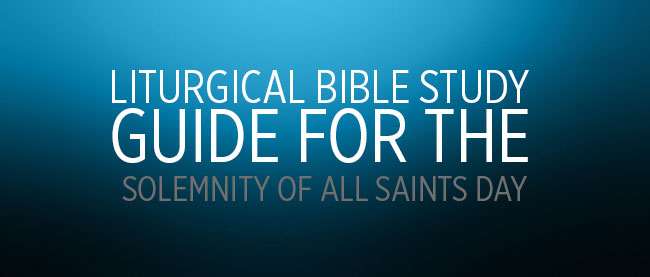Gospel
{Except for the Christmas Vigil and Ash Wednesday Masses, this is the only time we encounter the Gospel of Matthew during Cycles – and C; Cycle A having concentrated on this gospel.}
The name of the author does not appear in the text of this gospel. However, the constant tradition of the Church from the earliest times identifies the human author as the apostle St. Matthew, whom Jesus Himself called when he was working at his job of tax collector (publican).
Written testimonies going back as early as the beginning of the second century assure us that St. Matthew wrote down the Gospel of Jesus Christ in the “language of the Hebrews” (that would be either Hebrew or Aramaic; most likely the latter). The estimated date is around the year 50. There is no copy of the original text – only the Greek translation. When the translation was made is unknown but the most likely date is around A.D. 70.
Our reading for today comes from the Sermon on the Mount [Sermon on the Plain in the parallel gospel of Luke (6:20-23)] and is known as the beatitudes. A beatitude is defined as “a declaration of blessedness on the ground of some virtue or good fortune”. I am always reminded of Fr. Ken Roberts’ EWTN TV series “God Bless” where in the opening episode Fr. Roberts recounts the story of the young child who brought a sacramental to be blessed (a medal or some such item). Fr. Roberts asked the boy what it meant when it was blessed and the boy replied “It has been touched by God”. Try reading the beatitudes while substituting “touched by God every time you encounter the word “blessed”.
First Reading
Revelation is the New Testament book of prophecy. Just as the Old Testament has books of Law, History, Wisdom, and Prophecy, so does the New. Revelation (Apocalypse) is one of the books which at one time were not accepted as sacred by all Christian communities. Its authenticity was suspect in parts of the Church, especially in the East. However, the earliest testimonies we have, which go back to the 2nd century are unanimous in their recognizing the apostle John as the author. The authenticity and canonicity of Revelation was pronounced by the Council of Hippo (393), Council of Carthage (397), and the Council of Toledo (633) initially, as the declaration of what books constitute the New Testament, and finally to quiet continued questioning. The authenticity remained undisputed from the 6th to the 16th centuries when Martin Luther initially argued against authenticity but later changed his view.
Written on the island of Patmos (Revelation 1:9) to which Tertullian, in his Demurrer Against The Heretics (~AD 200), tells us the apostle John was exiled “after being immersed in boiling oil and suffering no hurt”. Some commentators place the date of composition in the 80s or 90s and tradition places the date as late as A.D. 95. Many scholars, however, believe the date to be prior to A.D. 70 but this is not important.
Second Reading
According to tradition which goes back to the second century, St. John wrote his 3 letters in Ephesus, on his return from exile on Patmos, around the years A.D. 95-96. The authenticity of the 1st letter is well documented from early on. Detailed analysis of the text confirms that it was written by the same person who wrote the fourth gospel.
There are very obvious similarities of style, structure of phrases, vocabulary, and ideas. This 1st letter contains no special introduction, unlike the other New Testament epistles (except Hebrews). There is no mention of the writer’s name or the addressees’. There are none of the usual opening greetings and no special words of farewell. This suggests that it is a kind of circular letter sent to all the Christian communities in the region.
According to a tradition passed down by St. Irenaeus (A.D. 180-199), the apostle John, on his return from exile on Patmos, spent the last years of his life in Ephesus. From there he ruled over the various churches of Asia Minor whose names are given in the book of Revelation (Revelation 2-3).


